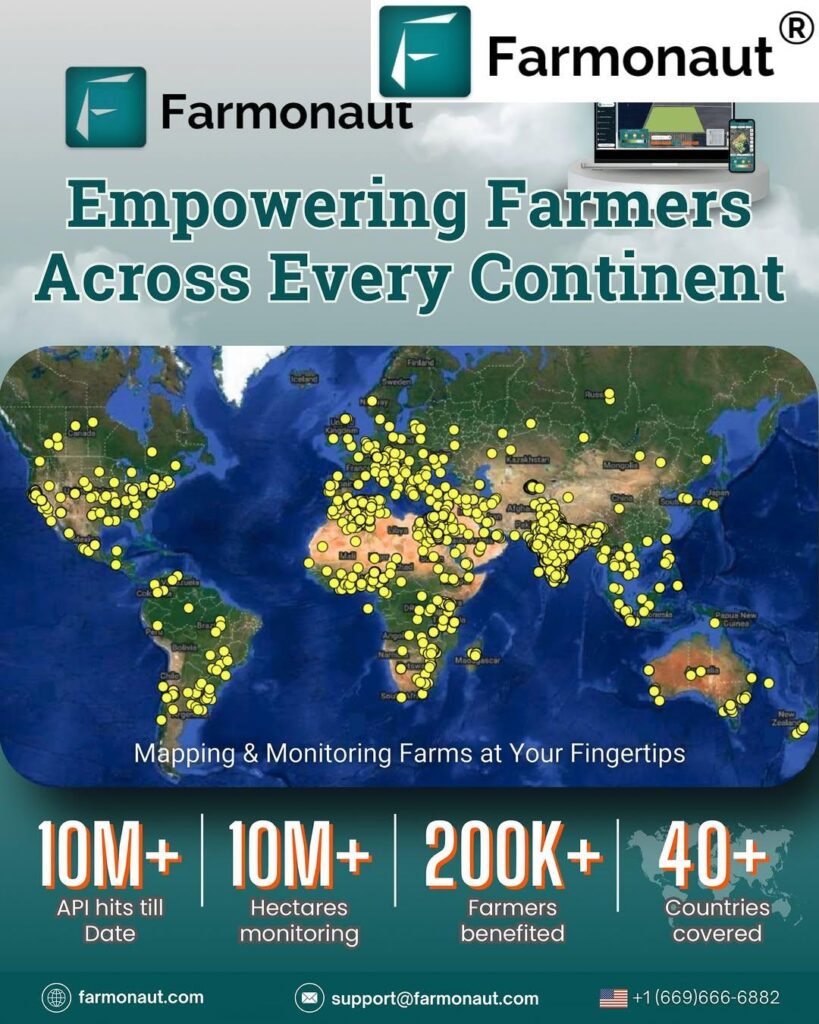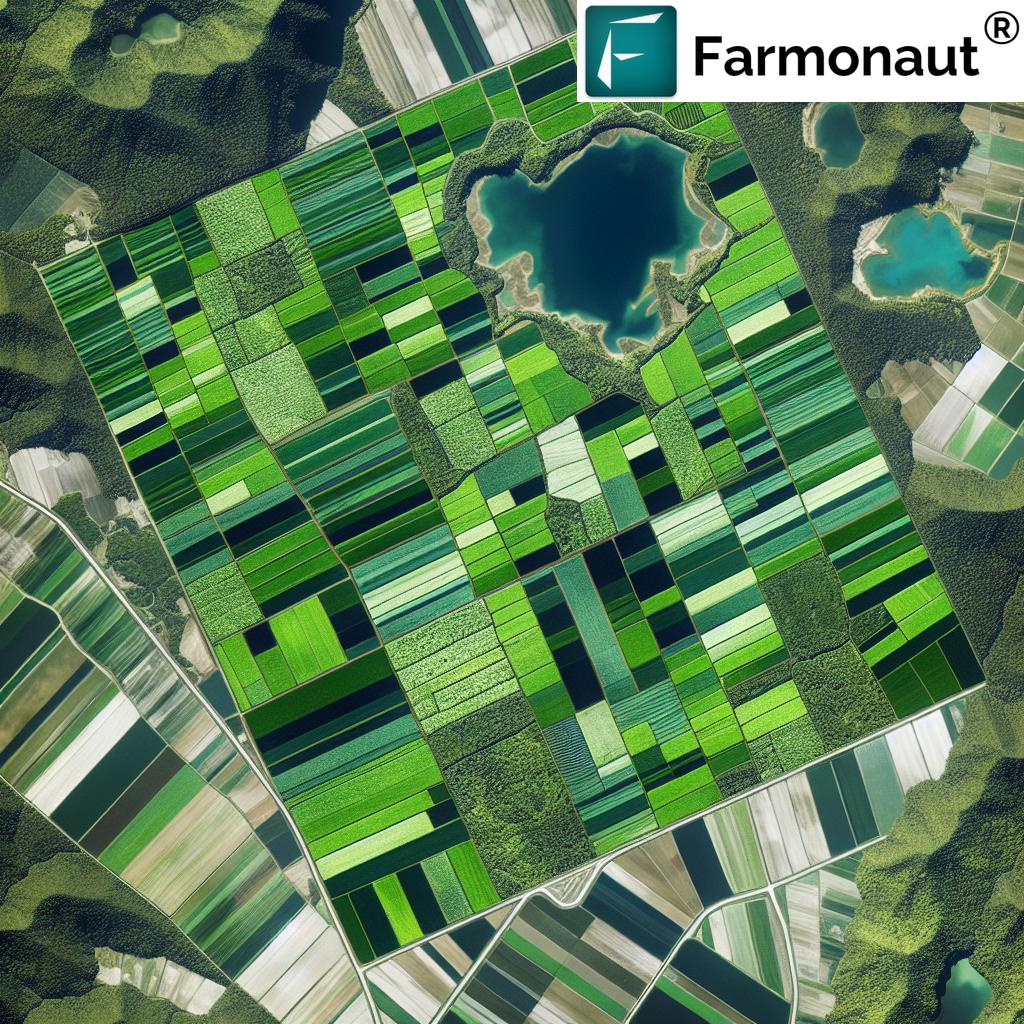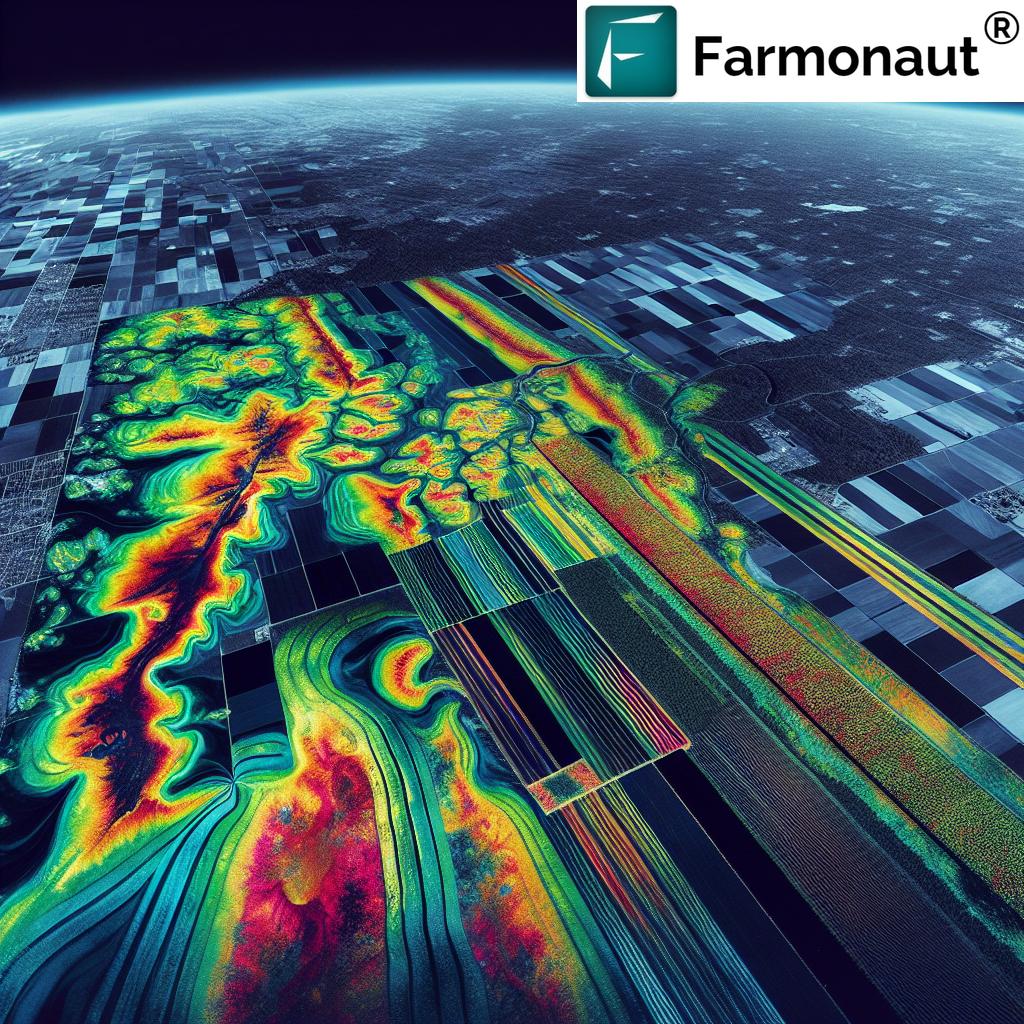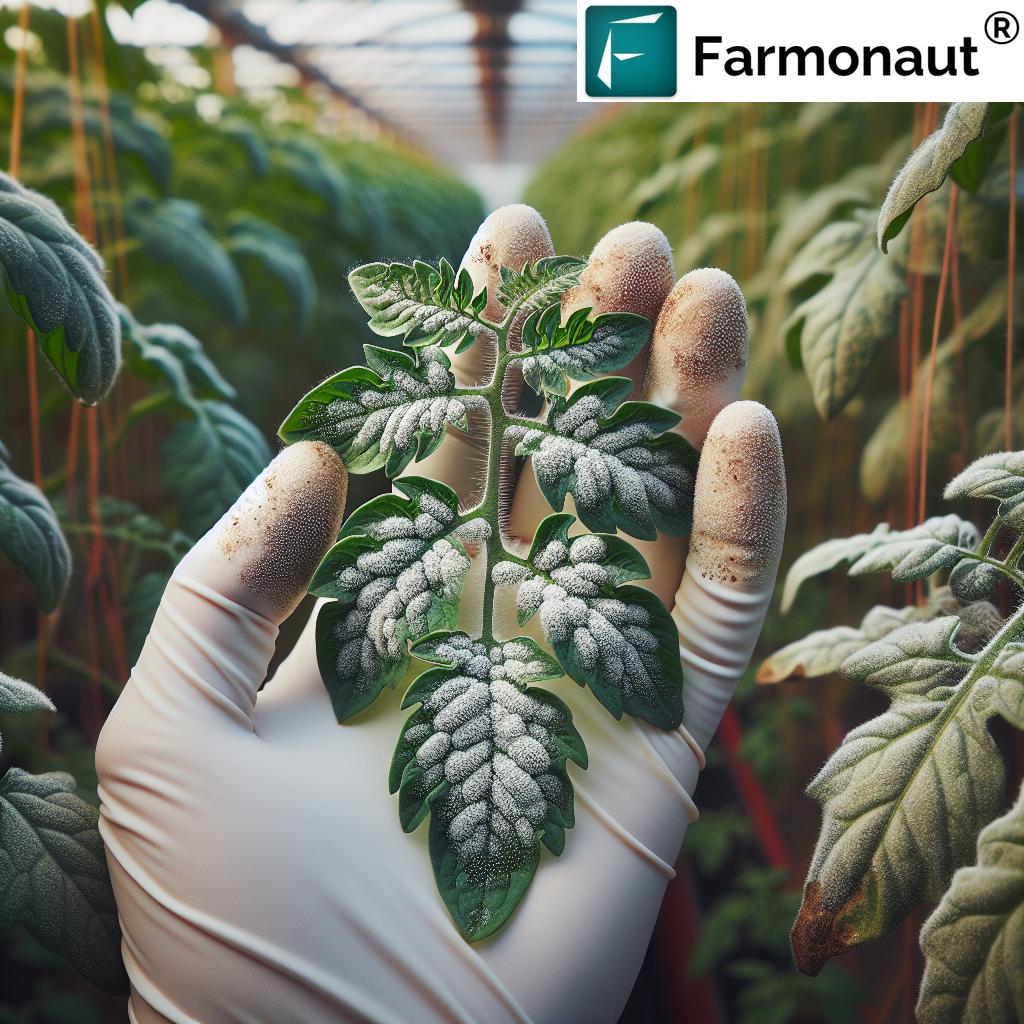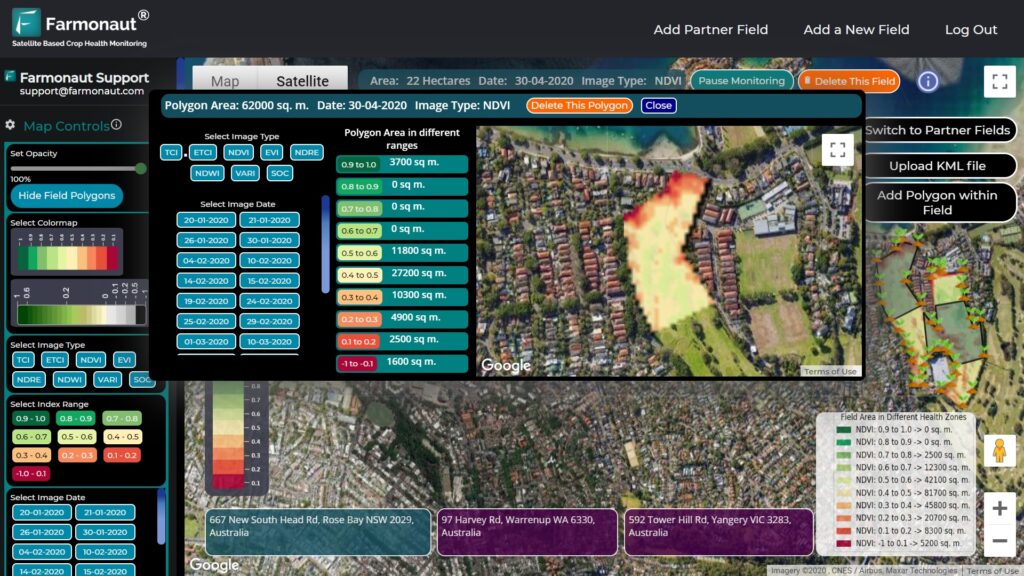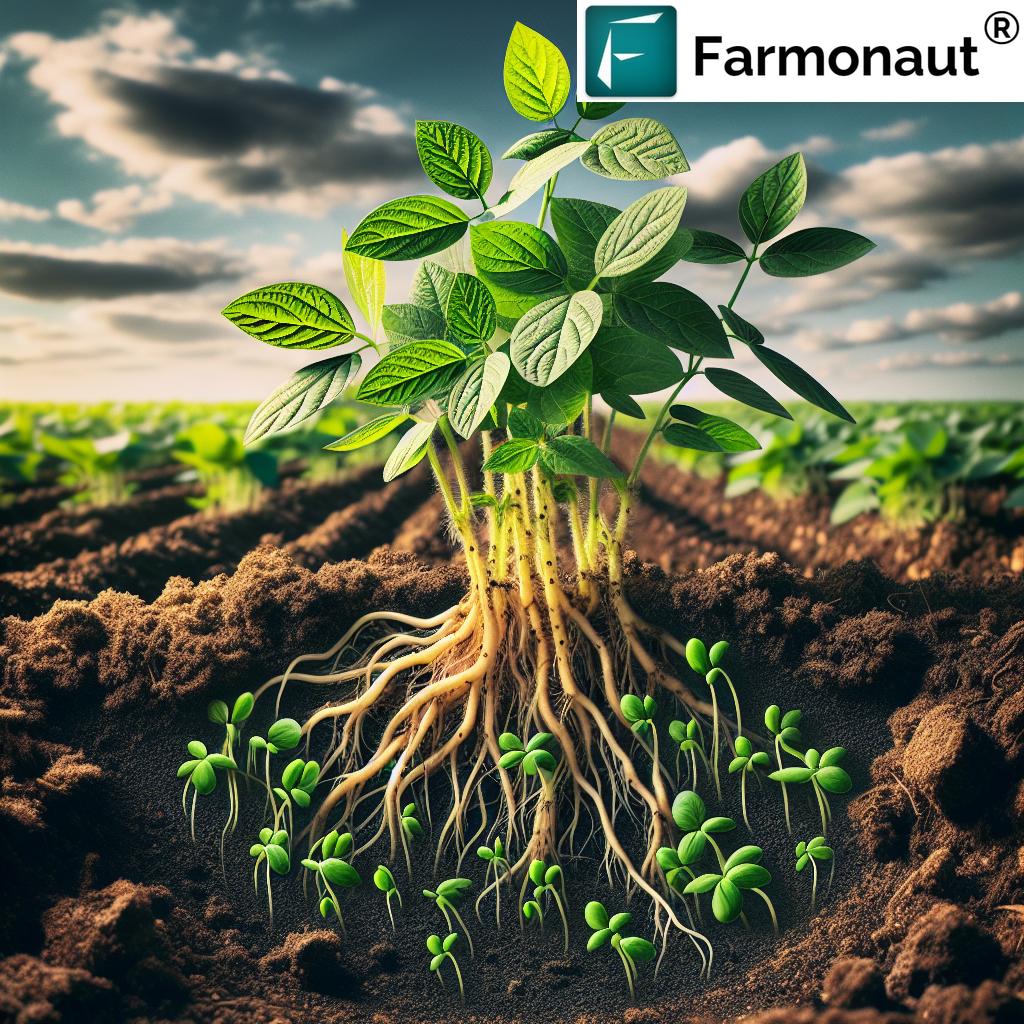Farmland Rentals 2025: Best Farmland for Rent & Rates
Summary: Farmland Rentals in 2025: Navigating the Changing Landscape of Agricultural Leasing
As the global population continues to rise and the demand for sustainable food production intensifies, farmland has become an increasingly valuable asset. In 2025, farmland rentals remain a crucial mechanism for farmers, investors, and landowners to optimize agricultural productivity and sustainability. Understanding the dynamics of farmland rental markets, rental rates, and digital platforms for renting farmland is essential for stakeholders navigating the evolving landscape of modern agriculture. This guide explores key trends, technology, challenges, and opportunities shaping farmland rentals in 2025 and beyond.
“Digital platforms facilitated over 60% of farmland rental agreements globally in 2025, streamlining access and negotiations.”
Table of Contents
- Overview: Farmland Rentals in 2025
- Trends Shaping Farmland Rentals
- Understanding Farmland Rental Rates
- The Role of Digital Platforms in Farmland Rentals
- Comparative Table: Farmland Rental Rates & Digital Platform Features in 2025
- Leasing Arrangements, Contracts & Conservation Practices
- Technology & Innovation: Transforming Agricultural Leasing
- Challenges and Opportunities Ahead in Farmland Rentals
- Farmonaut’s Role in Farmland Management
- Frequently Asked Questions
- Conclusion: Navigating the Future of Farmland Rentals
Overview: Farmland Rentals in 2025
Farmland rentals have long played a pivotal role in agricultural production by allowing farmers to rent farmland and maximize their yields without the significant capital outlay required for land ownership. In 2025, a surge in demand, the integration of digital platforms, and a heightened focus on sustainability practices have driven remarkable changes in how land is managed, valued, and accessed.
Rising global population, evolving food production systems, and the need for climate resilient agriculture have intensified the importance of arable land—especially in highly productive regions. The modern era has also ushered in a new class of landowners and investors seeking to optimize productivity via flexible rental arrangements rather than outright ownership.
In this comprehensive guide, we will explore:
- The current trends shaping farmland rentals
- How farmland rental rates are determined
- The transformative role of digital platforms in renting farmland
- Detailed comparison of rental rates & digital features
- How technology, such as satellite monitoring, is impacting farm management
Let’s dive into the changing landscape of farmland rentals in 2025 and beyond.
Trends Shaping Farmland Rentals and the Agricultural Sector in 2025
The landscape of farmland rentals in 2025 is marked by profound technological advances, shifting generational preferences, and an escalating focus on environmental stewardship. Let’s delve into the key trends:
1. Digital Transformation & Accessibility
- Digital platforms have democratized access to farmland for rent by making the process seamless for landowners and farmers alike.
- Real-time rental rates, farmland quality metrics, and online contract tools enable stakeholders to make rapid and data-driven decisions.
- A growing proportion of agreements are being finalized using AI-driven match-making algorithms that pair lessees with land best suited for their needs.
2. Rise in Flexible Leasing Models
- The shift toward short-term, renewable leases and hybrid rent-sharing contracts continues, offering both renters and landowners adaptability in a market shaped by volatility.
- Multi-year contracts are increasingly tied to sustainability goals and crop yields.
3. Focus on Environmental Sustainability & Conservation
- Farmland rental agreements now routinely require the adoption of conservation practices such as cover cropping, no-till farming, integrated pest management, and soil health restoration.
- Compliance with government incentives, environmental certifications, and carbon credits are woven into rental contracts, benefiting both landowners and tenants.
Explore more on sustainable practices with our Carbon Footprinting solutions designed to track and optimize sustainability outcomes.
4. Demographic Shifts & New Stakeholders
- Younger generations are entering farming through leased land rather than land purchase, given the high cost of ownership.
- Urbanites, part-time farmers, and retirees are also showing increasing interest in renting farmland—often for alternative agriculture or conservation-oriented projects.
5. Intensified Global Demand for Food & Farmland Assets
- The global population continues to rise, intensifying the demand for productive, arable land in regions with favorable water availability, soil quality, and crop suitability.
Understanding Farmland Rental Rates in 2025
Farmland rental rates in 2025 reflect a complex interplay of demand, land quality, environmental incentives, and technological upgrades.
Key Factors Influencing Rental Rates:
- Geographic Location & Region:
- Prime agricultural areas in the US Midwest, Europe, and selected Asian regions command rental rates upwards of $200 per acre annually.
- Remote or less fertile areas can see rates below $80 per acre, but may offer unique value for specialty or regenerative crops.
- Soil Type & Quality: Loamy, nutrient-rich soils see higher demand and rents.
- Water Availability: Regions with stable irrigation and rainfall patterns are highly sought-after.
- Crop Type Suitability: Land suitable for high-value crops (soy, corn, specialty produce) attracts premium rates.
- Contract Length & Flexibility: Multi-year leases with yield incentives or sustainability clauses can command higher rates.
- Technological Integration: Land with on-site precision infrastructure (e.g., satellite-monitored management) demonstrates increased value.
“Average farmland rental rates increased by 12% in 2025, driven by tech-enabled transparency and demand for quality land.”
A 2025 economic report indicates the following:
- Average rental rates increased by 12% over 2024, largely due to rising demand, inflationary pressures, and greater transparency via digital marketplaces.
- Regions embracing sustainable practices and offering integrated monitoring solutions (e.g. satellite data) saw the fastest rental rate growth.
Interested in real-time, AI-powered crop health insights?
Our Large Scale Farm Management platform supports advanced monitoring for both landowners and lessees.
Types of Rental Arrangements
- Fixed Cash Rent:
- Stable annual payment per acre, ideal for budgeting and risk aversion.
- Crop Share Contracts:
- Landowner and tenant share a percentage of the harvested crop, distributing risk but requiring closer communication.
- Hybrid Agreements:
- Mix of fixed payment plus variable bonus based on yield or sustainability metrics.
To empower stakeholders with confidence, modern lease contracts are increasingly embedding:
- Performance benchmarks (yield or environmental goals)
- Technology requirements (such as remote satellite monitoring for compliance)
- Cost-sharing formulas for inputs and improvements
The Role of Digital Platforms in Farmland Rentals
The digitalization of farmland rental markets is a defining feature of 2025, offering transparent, scalable, and flexible solutions for landowners, renters, and investors.
How Digital Platforms Are Transforming Farmland Rentals:
- Simplified Listings: Landowners list available farmland for rent with rich data, including satellite imagery, soil health, water availability, and previous crop yields.
- Smart Matching Tools: AI-driven systems pair lessees with suitable land based on production needs and sustainability goals.
- Contract Automation: Lease arrangements, renewals, and compliance tracking are managed online—reducing paperwork, errors and negotiation times.
- Integrated Financial Services: Seamless payment processing, rent scheduling, insurance verification, and dispute resolution.
- Blockchain Traceability: For enhanced accountability, and assurance of contract integrity and land management history.
Farmonaut‘s platform, for example, offers advanced monitoring, blockchain-based traceability, and real-time resource management for agricultural stakeholders globally. This fosters trust, enhances decision-making, and improves supply chain transparency.
Discover how blockchain traceability can secure your farming operations:
Farmonaut Product Traceability
Looking to add satellite-driven insights to your farmland leasing operations?
Integrate Farmonaut’s API or find developer docs here.
Comparative Table: Farmland Rental Rates & Digital Platform Features in 2025
| Region / State | Estimated Rental Rate (USD/acre/year) | Top Digital Platforms Available | Platform Features | Noteworthy Trends |
|---|---|---|---|---|
| US Midwest (Illinois, Iowa, Indiana, Ohio) | $200–$325 | Farmonaut, AcreTrader, FarmlandFinder |
|
|
| India (Punjab, Haryana, Maharashtra, MP) | $85–$160 | Farmonaut, Khetigaadi, GramCover |
|
|
| Western Europe (France, Germany, Netherlands) | $150–$280 | Farmonaut, TerraNIS, LandLease |
|
|
| Australia (Victoria, NSW, QLD) | $95–$180 | Farmonaut, AgriDigital, Farmlands |
|
|
| Russia (Krasnodar, Volga, Central) | $50–$120 | Farmonaut, AgroTech, Zerno |
|
|
| Brazil (Matto Grosso, São Paulo) | $100–$175 | Farmonaut, Agrural, Agrotools |
|
|
| Canada (Saskatchewan, Manitoba, Alberta) | $65–$140 | Farmonaut, Canadian Farmland, RentFarmland.ca |
|
|
Note: The listed values represent estimated averages and may vary depending on micro-regional factors, sustainability requirements, and market competition. Technologies and platform features continue to evolve, introducing further flexibility, transparency, and opportunities in farmland leasing markets globally.
Leasing Arrangements, Contracts & Conservation Practices
Modern farmland rental arrangements are more dynamic and comprehensive than ever. New clauses related to sustainable management, input cost sharing, and technology integration are becoming standard in rental contracts.
Key Components of the Modern Farmland Rental Contract:
- Sustainability Clauses: Mandate or incentivize cover cropping, no-till farming, integrated pest management, and nutrient cycling.
- Performance Incentives: Bonuses tied to improved yield, carbon sequestration, or biodiversity gains.
- Technology Requirements: Use of remote satellite monitoring, blockchain traceability, or other data solutions to ensure compliance and performance.
- Input/Cost Sharing: Agreements may split costs for seed, fertilizer, soil health tests and infrastructure upgrades.
- Insurance & Financing Conditions: Integration with digital verification tools for crop insurance and eligibility for agricultural loans.
See how our Crop Loan and Insurance Support helps enable swift, data-driven lending and coverage options.
Technology & Innovation: Transforming Agricultural Leasing
The integration of satellite imagery, artificial intelligence, machine learning, and blockchain into farmland management is not just a trend—it’s fast becoming the standard for modern agriculture.
How Satellite Technology and AI Are Powering Farmland Rentals:
- Satellite-Based Monitoring: Provides detailed insight into crop health (NDVI), soil moisture, pest outbreaks, and infrastructure integrity. This helps both landowners and lessees manage and optimize land productivity.
- Jeevn AI Advisory: Delivers real-time, location-specific farm management advice, including weather forecasts, pest and disease risk estimation, and recommendation for optimal input application.
- Blockchain-Based Traceability: Enhances transparency for contracts, crop provenance, and land use practices—strengthening trust and mitigating fraud.
-
Fleet and Resource Management: Allows for efficient use of equipment and assets, optimizing logistics and reducing costs—especially for renters managing multiple plots.
Explore our Fleet Management platform for streamlined rural operations. - Environmental Impact Tracking: Real-time monitoring for carbon emissions, water use, and compliance with sustainability frameworks.
Mobile-First and Scalable Solutions
- Mobile and web-based applications enable farmers, renters, and landowners to control and monitor operations from anywhere.
-
Farmonaut’s modular platform scales effortlessly from individual fields to vast agri-holdings and is accessible via Android, iOS, and web.
Try Farmonaut Mobile App for instant access.
Challenges and Opportunities Ahead in Farmland Rentals
While the evolving farmland rental landscape in 2025 presents exciting opportunities, it also brings a set of unique challenges that both landowners and farmers must navigate.
Primary Challenges
- Market Volatility:
- Fluctuating commodity prices and input costs can destabilize rental revenue and budgeting.
- Regulatory Changes:
- Shifting land-use policies, environmental compliance rules, and government subsidies can impact the profitability and structure of rental agreements.
- Climate Uncertainty:
- Unpredictable weather, droughts, and floods expose both owners and renters to increased risk, particularly when sustainability standards are not enforced.
- Liability and Stewardship:
- Landowners must ensure their land is managed responsibly to safeguard long-term value, while tenants seek fair treatment in profit/risk sharing.
Emerging Opportunities
- Innovative Contracts:
- Multi-year agreements with performance incentives—tied to both yield and ecological outcomes—are on the rise.
- Public-Private Initiatives:
- Co-creation of new leasing programs with incentive-based conservation, benefiting the entire agricultural sector.
- Technology Upskilling:
- Farmers and landowners embracing technology—such as satellite advisory tools—enjoy increased productivity and new financing opportunities.
- Access to Capital:
- Data-driven verification (satellite, blockchain) streamlines access to insurance and crop loans for rented land operations.
Farmonaut’s Role in Farmland Management and Leasing in 2025
We at Farmonaut are dedicated to democratizing satellite-driven insights for agriculture, making advanced monitoring, management, and traceability tools accessible for farmers, landowners, businesses, and governments worldwide.
Our platform’s standout features include:
- Multispectral Satellite Monitoring: Real-time insights into crop health, soil conditions, pest/disease outbreaks, and water usage.
- AI Advisory (Jeevn): Data-driven, actionable advisories for crop planning, climate adaptation, and timing of operations.
- Blockchain Traceability: Transparent and secure record-keeping for contracts, resource flow, and produce journey.
- Resource & Fleet Management: Optimize machinery, vehicle use, and logistics for large, multi-region operations—ideal for renters managing various plots.
- Environmental Impact Reporting: Support compliance with sustainability initiatives and carbon credit programs.
Our tools can be accessed via web portal, Android/iOS, or integrated into your existing systems via API.
-
Download the Farmonaut app for on-the-go management.
Get Android App |
Get iOS App - Use our web platform for desktop-based deep-dive analytics and management.
- Integrate with API to automate data flows, verification, and reporting at scale.
Frequently Asked Questions (FAQs)
1. What are the main factors influencing farmland rental rates in 2025?
Farmland rental rates in 2025 vary depending on region, soil type and quality, water availability, crop suitability, lease structure, and the presence of technological features such as satellite-based monitoring. Markets with greater transparency and sustainability requirements tend to command higher rents.
2. How do digital platforms benefit farmland rentals?
Digital platforms increase transparency, speed, and fairness in farmland leasing markets, enabling landowners and farmers to quickly access land, negotiate terms, sign contracts, and monitor compliance. API integration, online payments, satellite imagery, and blockchain traceability are key features offered by top platforms.
3. What new leasing models are emerging?
Agreements with performance incentives, environmental clauses, and hybrid rent structures (cash + crop share) are now common. These models reward high yields and adoption of sustainability practices.
4. Can farmland renters access crop loans and insurance?
Yes. Many modern platforms, including those offered by Farmonaut, provide satellite-based verification enabling fast, secure access to crop loans and insurance for both owners and renters.
5. How does satellite technology support farmland management?
Satellite imagery enables continuous, large-scale monitoring of soil health, pest activity, irrigation patterns, and land usage. This data underpins better decision-making, transparency, and risk reduction for rentals and ownership alike.
6. Is Farmonaut a rental marketplace?
No, Farmonaut is not an online marketplace or an input supplier. We are a satellite technology solutions provider offering advanced tools for monitoring, management, traceability, AI advisory, and more—supporting all stakeholders in agriculture.
7. Are there incentives for leasing to environmentally responsible tenants?
Absolutely. Many rental contracts in 2025 are tied to government incentives, carbon footprinting benefits, and environmental certifications. For example, landowners may receive bonuses or tax benefits for leasing to tenants who implement regenerative agriculture practices.
Want to learn more? Explore our Carbon Footprinting tool.
8. Can digital leasing platforms be used internationally?
Yes. Leading platforms, including Farmonaut, serve users across continents, supporting region-custom leases, local regulations, and currency/payment integration.
Conclusion: Navigating the Future of Farmland Rentals
The landscape of farmland rentals in 2025 is characterized by innovation, data-driven decision-making, and a commitment to sustainability. Digital platforms, empowered by satellite technology, AI, and blockchain, have transformed the process of finding, managing, and optimizing farmland for rent.
For farmers, landowners, and investors, navigating the changing environment means embracing technology, keeping abreast of rental rates and regional trends, and negotiating contracts that balance yield, sustainability, and long-term stewardship. With these advancements, accessing productive land without a significant capital outlay is increasingly practical, scalable, and rewarding.
We at Farmonaut remain committed to making affordable, satellite-based management, traceability, and advisory tools available for all stakeholders in the agricultural sector.
Ready to optimize your land management? Download our app or explore our platform today.
The future of farming is transparent, sustainable, and powered by digital innovation. To thrive, stay informed, use digital tools, and always prioritize the health of both land and community.




